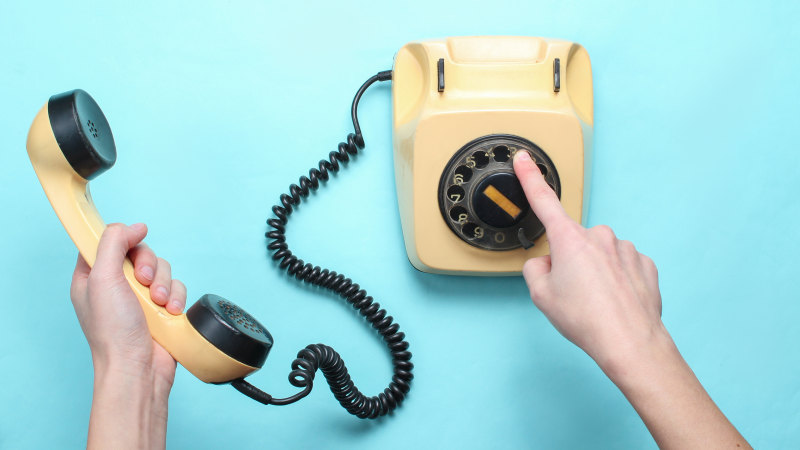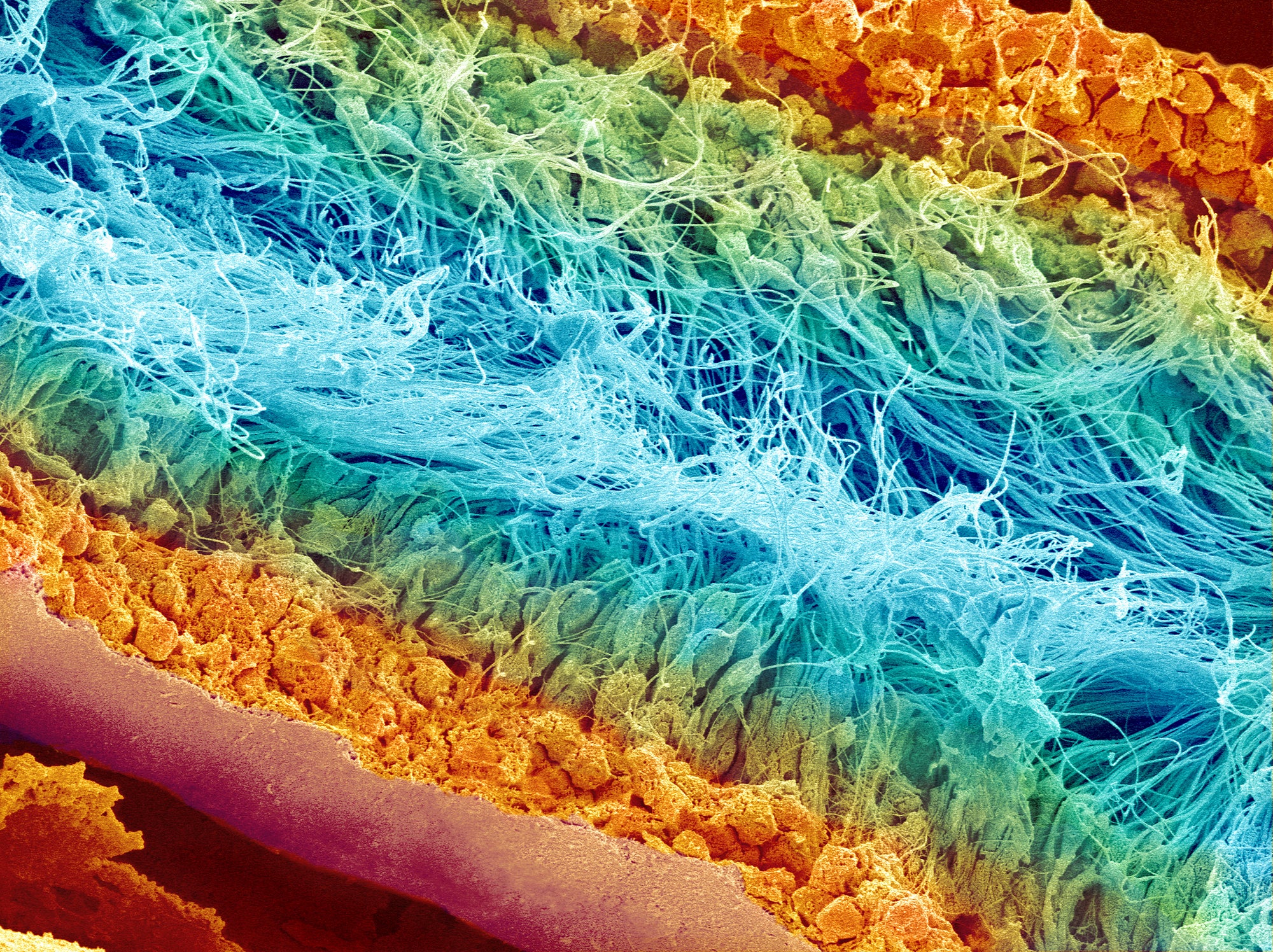When someone does something cringey, it’s only human nature to feel embarrassed for them. If a friend slips and falls on a wet floor, it makes sense to feel self-conscious on their behalf. It’s a sign of empathy, according to science, and it determines how people cooperate, connect, and treat one another. What happens, though, when the second person in this situation is replaced with a robot?
Experiencing secondhand embarrassment lights up areas in the human brain associated with pain and the recognition of emotions. In that vein, social anxiety is linked to heightened empathy, but also comes with a reduced capacity to actually understand the other person’s emotions, known as cognitive empathy. And of course, the more socially close and invested a person is in another, the more acutely they’ll feel this bystander discomfort.
Interestingly, new research from Toyohashi University of Technology in Japan found that humans can have the same sort of secondhand embarrassment when they see a robot commit a social faux pas. A detailed report was published in the journal Scientific Reports last week.
To test this phenomenon, human subjects were immersed in a virtual environment where both human and robot avatars were present. The researchers then put these avatars, both the ones representing humans and the ones depicting bots, through awkward situations like stumbling in a crowd, running into a sliding door, or dancing clumsily in public.
Researchers then measured skin conductance, or the electrical activity of the sweat glands, of the subjects. This correlates to arousal signals like stress, or other states of high emotion. Participants also filled out a questionnaire about their emotional responses to each virtual social situation.
[Related:[Related:Do we trust robots enough to put them in charge?]
The data indicates that humans felt self-embarrassment for both the human and robot avatars when they were in a socially awkward scenario, although they perceived the situation as more “real” for the human avatar compared to the robot.
Still, the team says that the results show that “humans can empathize with robots in embarrassing situations, suggesting that humans assume the robots can be aware of being witnessed and have some degree of self-consciousness based on self-reflection and self-evaluation,” they wrote in the paper. But it also matters what the robot looks like: “The appearance of the robot may affect the empathic embarrassment because humans empathize more strongly with more human-looking robots and less with more mechanical-looking robots when they are mistreated by humans.”
Previous research into this area has turned up similar themes. Last year, a study out of France found that humans would unconsciously sync their movements with that of humanoid robots, as a bid to fit in socially. And imbuing robot speech with more emotional undertones make them more acceptable to humans.
Despite the interesting findings in this recent study, the team from Toyohashi University of Technology acknowledges that a larger sample size, as well as real-world humans and robots, would make the conclusions more convincing.
“Our study provides valuable insights into the evolving nature of human-robot relationships. As technology continues to integrate into our daily lives, understanding the emotional responses we have towards robots is crucial,” Harin Hapuarachchi, the lead researcher on the project, said in a press release. “This research opens up new avenues for exploring the boundaries of human empathy and the potential challenges and benefits of human-robot interactions.”

Note: This article have been indexed to our site. We do not claim legitimacy, ownership or copyright of any of the content above. To see the article at original source Click Here













